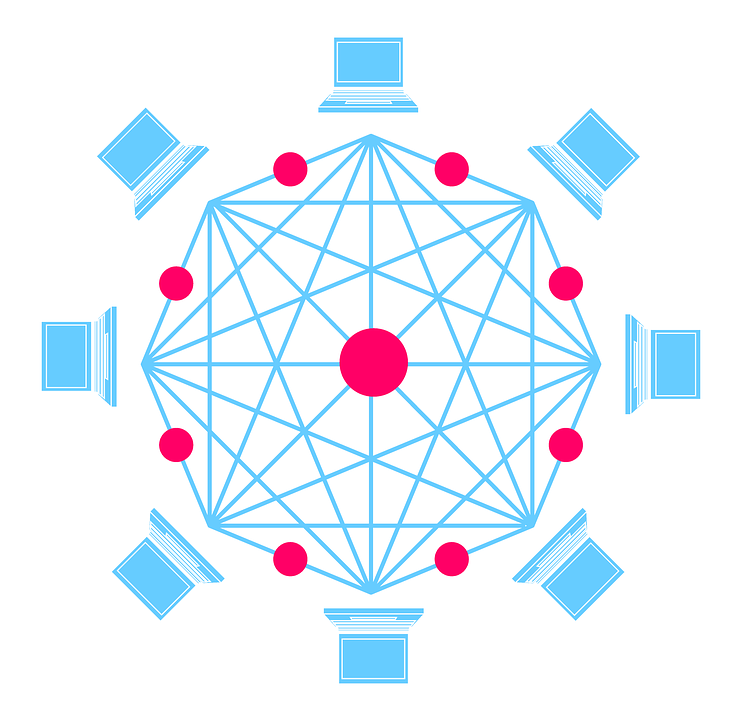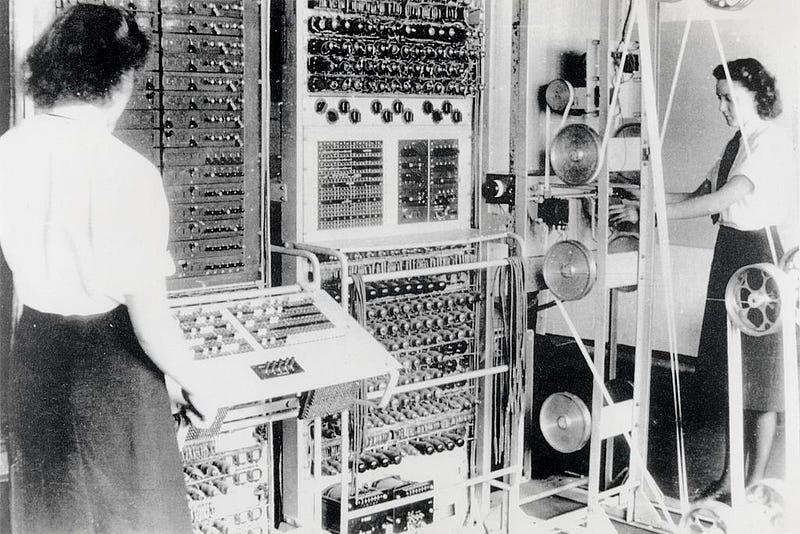Ready to learn Blockchain? Browse courses like Blockchain for Finance Professionals developed by industry thought leaders and Experfy in Harvard Innovation Lab.

The process of technology discovery, innovation, and improvement is a fundamental human story. When humans discover a new technology or application, there is then a continuous process where that technology becomes refined over time. We know a lot more about making a wheel today than we did thousands of years ago, and we will know even more a hundred years from today.
Blockchains and cryptocurrencies are a new technology, while Bitcoin has existed for 10 years it is only in the last several years that significant collective resources have been deployed into research and development.
If you have followed the discussion that has emerged around this technology, you have probably encountered debates about scaling. Scaling is the process of engineering blockchains to be able to process a greater number of transactions, computations, and applications. Essentially, it is the question of how do we make this technology more efficient and applicable. Blockchains are notoriously slow, inefficient, and more difficult to scale than traditional technology due to the constraints of working with a decentralized network. Decentralization presents a unique set of challenges that are just now beginning to be solved.
An important part of the dialogue about scaling is where the current limitations of the technology directly impact what it can be used for. It is common to hear a proposal for a specific application of blockchain only to hear the proposal shot down by someone who sees this application isn’t possible given certain technical limitations.
Many critics (and even some supporters) wonder if the technology will ever amount to anything due to technical inefficiencies, or because of certain well-known challenges.
However, I would argue that one should not limit one’s vision for the scope of technology based on its current technical limitations, as the history of technology shows us that these limits are usually overcome. When I envision and discuss potential applications of blockchain and cryptocurrencies, I assume that these problems will be resolved instead of limiting my thinking to simply what can be done today.
This is rationalism, not idealism. I am not assuming all problems will be magically solved, but instead looking at the history of technology and observing the trend towards overcoming technical limitations, even ones which at one time appeared insurmountable.

The evolution of computers is the most applicable comparison in this regard. If you look back to the development of the computer, you will find that even computer science experts and CEOs of tech companies got it wrong when it came to understanding how the technology would develop. Even the very informed thought that something akin to a personal computer would be impossible, that the technology would always be large, expensive, slow, and inefficient. Sound familiar? Those same statements are made in regards to blockchains and cryptocurrencies.
Yet, we know computers eventually evolved from when they took up an entire room worth of space. However, there was a large period of time where we collectively had no idea how to make these machines smaller and more efficient. It was only after a series of separate breakthroughs that the possibility began to emerge.
So, for those years it seemed impossible. People could only speculate that we would overcome these challenges but could not explain how we would do so.
I would argue that this is where we are in terms of blockchain and cryptocurrency development currently, maybe even a little farther along. People can speculate that we will one day have blockchains that will have solved a number of technical challenges, but no one can really say how- although we have some good ideas at this point.
However, if you watch closely you will observe individual breakthroughs being made, and this is where we see evidence for this way of thinking.
Last week, I read about an innovation in how memory is approached in a blockchain. You probably didn’t hear about this one, it was published in an academic journal and the story wasn’t picked up by major media outlets.
The paper is titled “MOF-BC: A memory optimized and flexible blockchain for large-scale networks”. I will attempt to describe it in a very simple way, but if you are interested in more detailed information please read the paper.
The paper covers the creation of a memory-flexible blockchain. One of the benefits of blockchains is that anything recorded in them exists, permanently. It can never be deleted. This creates trust but also presents a problem if we are dealing with private or sensitive information. As there are many good ideas that involve using a blockchain to deal with this sort of information, this limitations is often cited in the scaling debate.
For example, an idea will be presented that involves sensitive information and will be countered by the point that data stored in a blockchain is permanent and therefore presents a privacy issue.
However, the authors have invented a removable blockchain that is compatible with all current blockchain installations. Essentially, it allows information submitted to a blockchain to later be removed, without impacting the permanency of the record.
But how can you remove something and still have a solid record? The solution the authors propose is, to put it simply, to replace the data with a hash of the data. The hash of the data stays on the blockchain, so the original data which exists outside the blockchain can later be verified as it will always produce the same hash.
For example, say I upload my home sensor data to a blockchain for a home insurance policy. The policy requires me to have a record of the data on a blockchain, but this data also presents a privacy risk for me as an individual. A memory flexible blockchain allows there to be hash of data on a blockchain, which does not contain any of the actual information. However, this hash can be verified to have come from an actual data set by hashing the data set in question and comparing it to the hash on the blockchain.
This solution not only manages privacy-sensitive applications but also reduces blockchain storage demands, another area that is extremely limited.
The solution presented by the authors of MOF-BC is one piece in the larger tapestry of what will build the next generation of blockchains. Before a solution was presented, a given challenge may seem to be without a solution. However, over time individual breakthroughs are made and eventually these breakthroughs come together to form the basis for technology to make a quantum leap forward.
This is how technology evolves and this is always how technology has evolved. The rational choice is to relax and trust the process. The rational choice is to trust that things will change and evolve, as everything does. It is better to focus on what is fundamentally possible instead of what is possible right now with the current technical limitations.
As a collective, humans are incredibly brilliant and hundreds of people working on something can produce solutions no single individual can. The future of truly applicable blockchains will be something that emerges from the hundreds if not thousands of people working to solve these problems each day. It will happen gradually and then all at once. So don’t let your imagination be dampened by the current landscape, but instead allow yourself to imagine the possibilities and assume that many things will find their solution in time.




